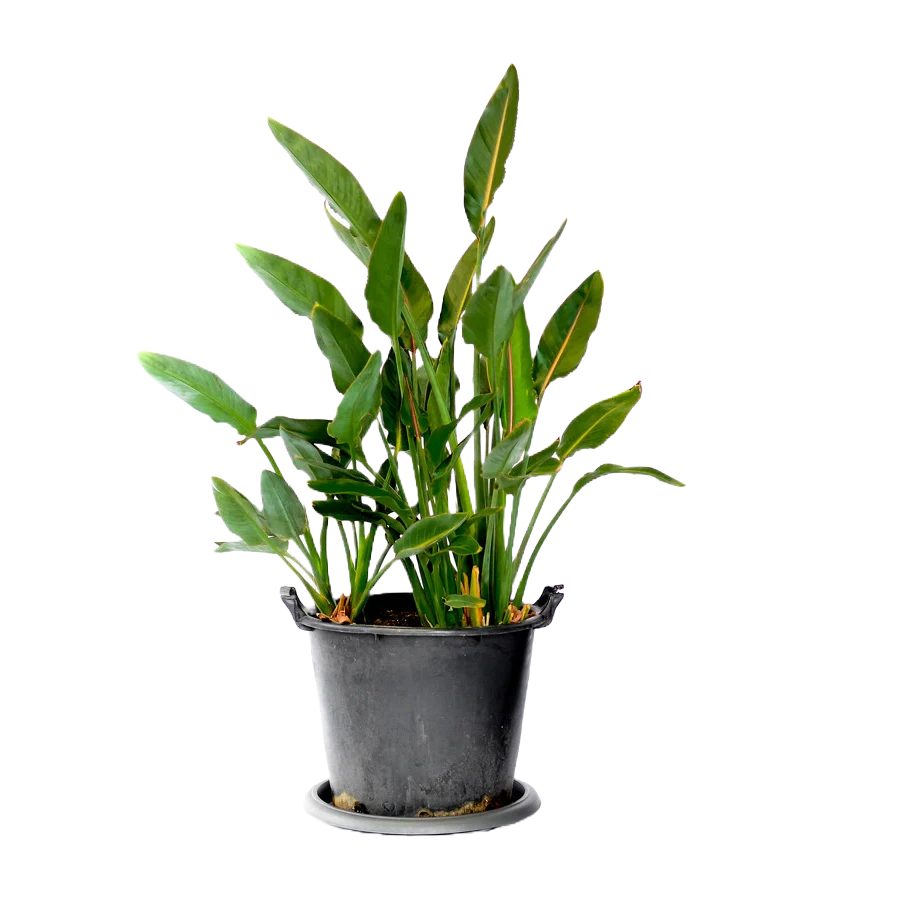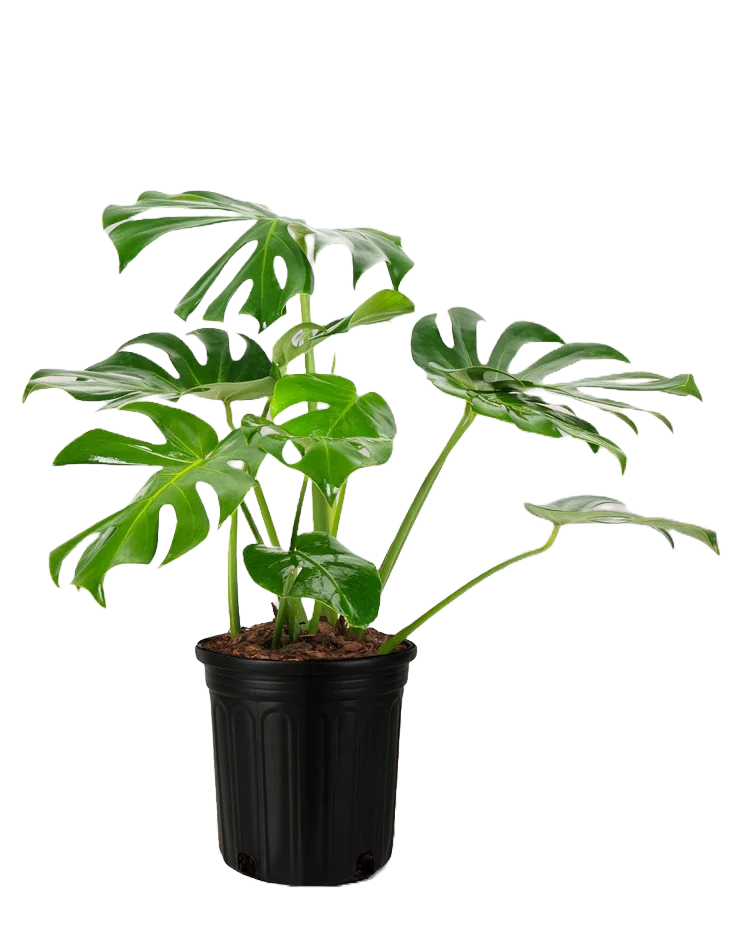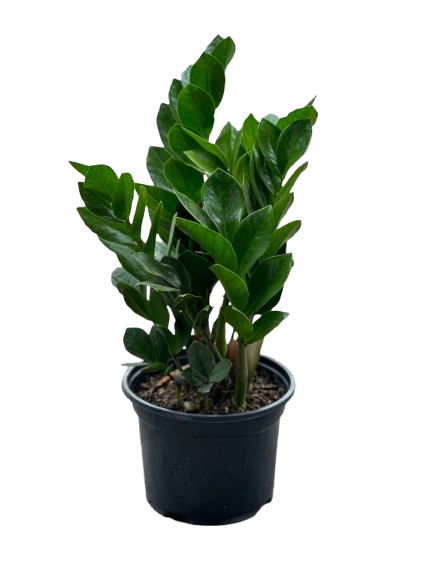Dendrobium orchids are one of the most popular orchid varieties grown around the world due to their elegant sprays of flowers and relatively easy care. In Kenya, they are loved for brightening homes, offices, balconies, and patios. With the right warmth, humidity, and indirect sunlight, Dendrobiums reward growers with beautiful, long-lasting blooms multiple times a year.
Why Grow This Plant?
- Produces stunning blooms in a wide range of colors including white, purple, pink, yellow, and bi-color varieties.
- Adaptable and easier to care for compared to many other orchid species.
- Enhances home décor and adds a sophisticated, calming natural aesthetic.
- Fits well in small indoor spaces such as desks, side tables, and windowsills.
Cultural & Historical Significance
Dendrobium orchids are native to Southeast Asia, Japan, and parts of Australia. In Chinese and Japanese traditional medicine, some Dendrobium species are valued for use in herbal tonics believed to promote vitality and longevity. In Buddhist culture, orchids are symbols of purity, spiritual beauty, and devotion. Today, Dendrobiums are widely used in weddings, floral design, and interior décor for their refined elegance.
Ideal Growing Conditions in Kenya
- Light: Bright, indirect light. East-facing windows are ideal.
- Temperature: Prefers warm climates (18°C – 28°C). Thrives in Nairobi, Kiambu, Coast, Nakuru, Kisumu, and Kericho.
- Humidity: 40%–60% humidity. Light misting can help in dry environments.
- Soil: Grows best in orchid bark mix, coconut husk, or charcoal-based orchid media.
- Airflow: Needs good air circulation to keep roots healthy.
How to Plant It
- Select a pot with drainage holes and fill with orchid bark or coconut husk.
- Gently remove the orchid from its nursery packet, taking care not to damage the roots.
- Place the plant so that the roots sit above the pot edge, never deeply buried.
- Add more media around the roots, keeping the pseudobulbs exposed.
- Water lightly and place in a bright, shaded spot with good airflow.
Care Tips
- Water once or twice weekly, allowing the media to dry slightly between waterings.
- Feed with orchid fertilizer every 2 weeks during the growing season (warm temperatures and new growth).
- Reduce watering slightly during cooler months.
- Trim dead flower stems at the base after blooming to encourage new growth.
- Repot every 1–2 years to refresh the growing media.
Pests & Diseases
- Common Problems: Scale insects, mealybugs, and spider mites.
- Symptoms: Sticky leaves, white cottony patches, or yellow speckling.
- Treatment: Wipe leaves with mild soapy water, apply neem oil weekly, or use horticultural oil.
- Rot Issues: Caused by overwatering — ensure good drainage and airflow.
Pet Safety
Dendrobium orchids are non-toxic to cats and dogs, making them safe for pet-friendly Kenyan homes.
Growing in Containers
Dendrobiums thrive in small to medium pots filled with bark-based orchid media. For balconies, place the plant where it receives bright filtered light. Indoors, a spot near an east-facing window works perfectly. Use a humidity tray or mist lightly to improve moisture levels.
Where to Buy This Plant in Kenya
Find healthy, beautifully grown Dendrobium orchids and decorative pots at: https://plantify.co.ke
Final Thoughts
Dendrobium orchids are a delightful choice for Kenyan plant lovers who want an elegant plant that is manageable even for beginners. With gentle, consistent care and the right lighting, this orchid can produce flower displays that are breathtaking and rewarding year after year.







